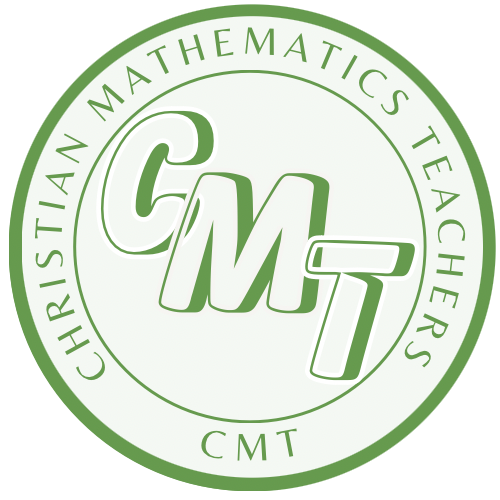Lifelong learning outcomes are aligned with curriculum outcomes to adapt as needed. Refer students back to this throughout the unit to see how their learning fits together.

God weaved patterns and relationships into creation. He made humans in His image to rule on the earth (Gen 1:27–30), instilling in them an innate desire to create, build, and serve in their communities as they await Jesus’ return and the establishment of a new heaven and earth.
The fall has resulted in humans harnessing the power of mathematical patterns—algorithms—to shape and create technologies, to accumulate wealth and power, and even to control life and death. The desire to build becomes a quest for control, as seen in the Tower of Babel (Genesis 11:1–9).
Technologies can be created, wisely utilised, and enjoyed as humans live in community, serve each other, do the works that they were created for (Eph. 2:10), and rule under the Lordship of Christ.
As students learn algebraic techniques and explore patterns and relationships, it is our prayer that they will grow in wisdom and be able to evaluate their place in our community. We pray that they will rise up with their generation and become a powerful influence to shape their communities and utilise the power of technology for good.
“We don’t make patterns. We can only follow them as we discover new divine gifts”.
Reinke, 2022, p. 111

Self-assessment rubric
Provide clarity to students about the purpose of their mathematical learning by allowing self-reflection at the beginning and end of units of work to identify growth.
“For it is by grace you have been saved, through faith—and this is not from yourselves, it is the gift of God—not by works, so that no one can boast. For we are God’s handiwork, created in Christ Jesus to do good works, which God prepared in advance for us to do.”
Ephesians 2:8-10
